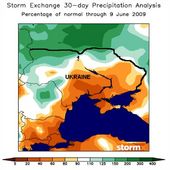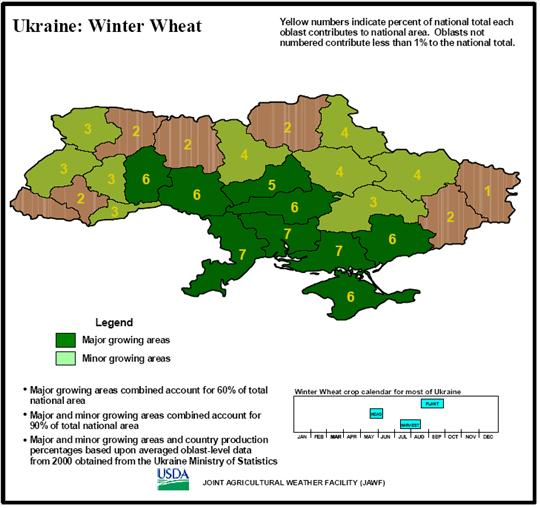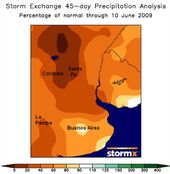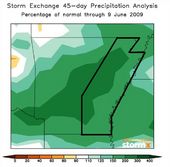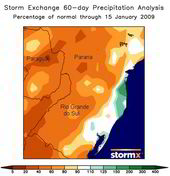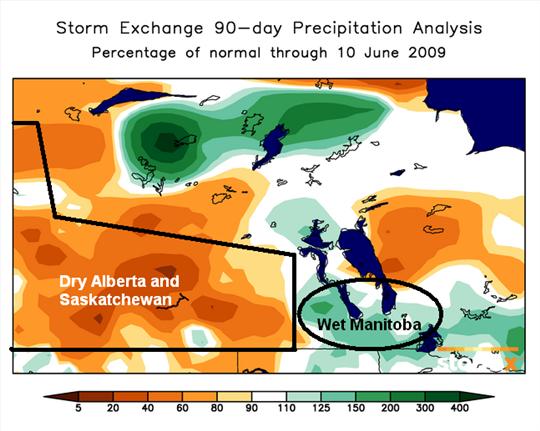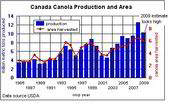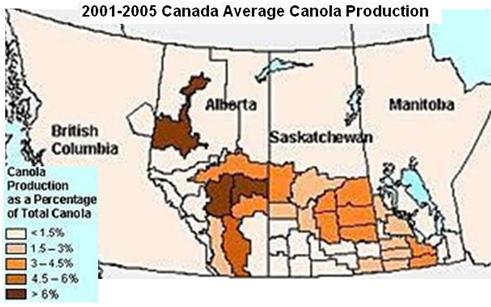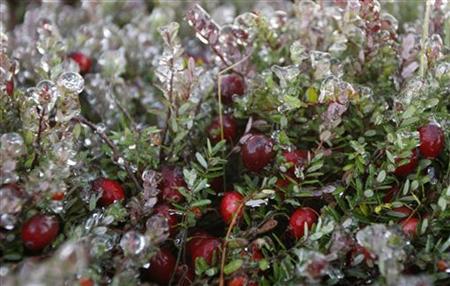
There's been some concern lately over climate and agriculture. In the last few days we've had headlines such as:
Crops under stress as temperatures fall (UK Telegraph)
Canadian Wheat Output May Fall on Dry, Cool Weather (Bloomberg)
Southeastern Missouri farmers try to overcome wet spring, soggy crops (TV4 Kansas City)
About the same time as these stories I got an email from David Archibald that talks about shifts in growing areas in the USA and the increased yields we've seen in the past quarter century. The concern of course is that those gains may vanish with the advent of a quiet solar cycle:
Anthony,
The attached article, dated 30th December 2008, was noted on Icecap in early January.
The prediction in it appears to have been borne out by subsequent events. Note this report of widespread frosts:
Canada frosts the most widespread in recent memory (Reuters, also source of photo above)
Your readers may benefit from having it reposted on WUWT. It is a good example of the practical application of Friis-Christensen and Lassen theory, and thus solar science to practical matters at ground level.
David


